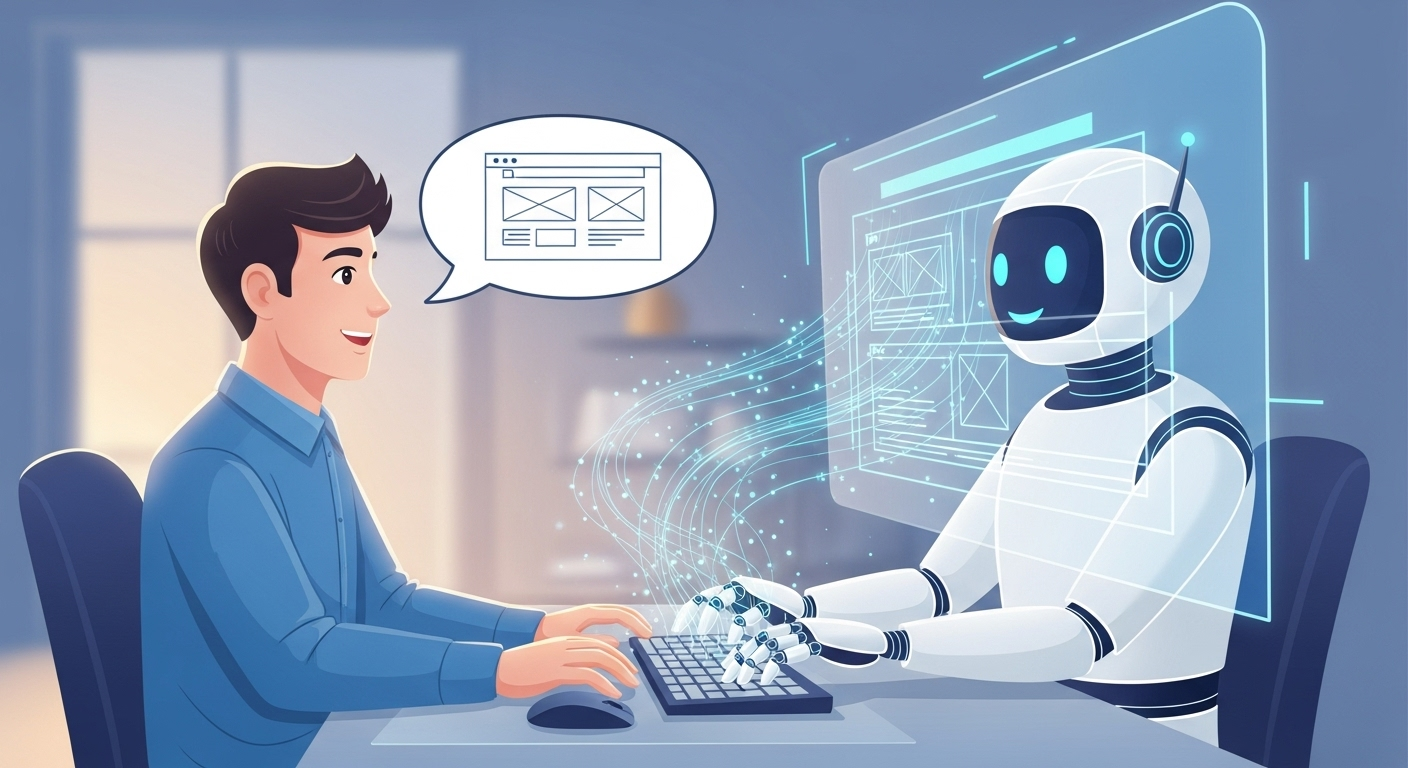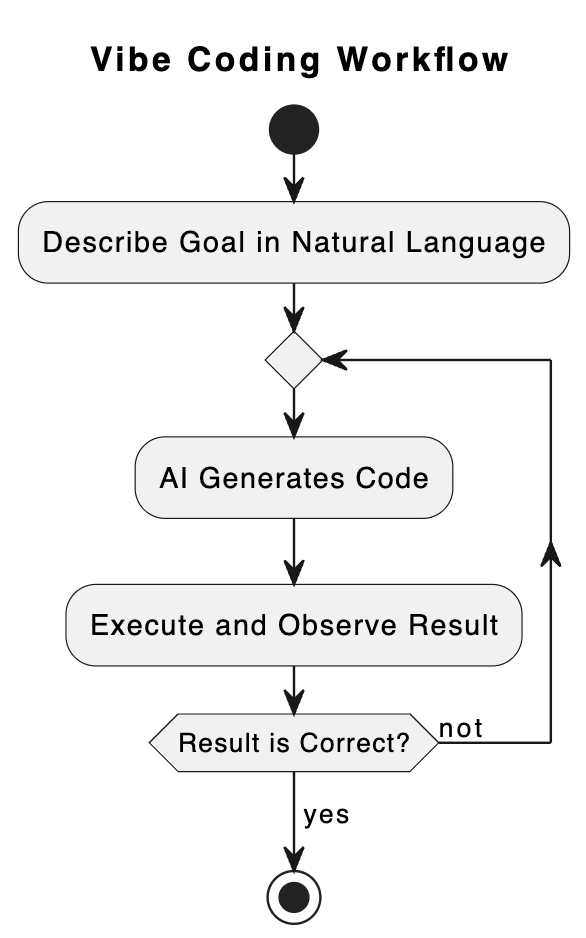What is Vibe Coding? A New Way to Build with AI
Introduction
In the world of software development, the way we build things is always changing. A new idea called “Vibe Coding” is getting a lot of attention. This term was first shared by computer scientist Andrej Karpathy in early 2025. It describes a new way of working with Artificial Intelligence (AI) to write computer programs. This article will explain what Vibe Coding is, how it is deeply connected to AI, and what it means for people who create software.
The Core Idea: From Writing Code to Describing Ideas
Traditional programming needs a person to write exact instructions in a specific computer language. Every small detail, like a comma or a bracket, is very important. Vibe Coding is different. Instead of writing detailed code, a developer describes the goal in plain language, like English. The main idea is to focus on the “what” (the final goal) instead of the “how” (the specific code). An AI, usually a Large Language Model (LLM), then takes this description and generates the actual code. As Karpathy described it, the developer can almost “forget that the code even exists.”
The Vibe Coding Process: A Conversation with AI
Vibe Coding works like a conversation. It is a cycle of telling the AI what is needed, seeing what it makes, and then giving feedback. This process is repeated until the software works correctly. This workflow makes the developer’s job more about guiding and testing than about writing code line-by-line.
The steps in this process are simple:
- Describe: The developer gives a high-level goal to the AI. For example, “Create a button that says ‘Hello World’.”
- Generate: The AI writes the code to make the button.
- Execute: The developer runs the code to see if it works.
- Refine: If there is a problem or a change is needed, the developer gives feedback in natural language, like, “Make the button blue.” The AI then changes the code.
This loop continues until the final product is ready.
Here is a simple diagram to show this process:

The AI Connection: Powered by Large Language Models
Vibe Coding is only possible because of recent progress in AI, especially with LLMs. These models are trained on huge amounts of text and code from the internet. This training allows them to understand human language and programming languages very well. When a developer describes a goal, the LLM uses its knowledge to translate that description into working code. This is why Andrej Karpathy once said that “the hottest new programming language is English.” The AI acts as a bridge between a human idea and the computer’s instructions.
The Good: Speed and Accessibility
One of the biggest benefits of Vibe Coding is speed. It allows for very fast creation of prototypes. Leaders at major tech companies are using this method to test ideas quickly. For example, the CEO of Klarna, Sebastian Siemiatkowski, mentioned he can now build a prototype in 20 minutes, a task that used to take weeks. This approach also makes software development more accessible. People with great ideas but little programming knowledge can start building things by simply describing their vision to an AI.
The Risks: A Word of Caution
However, Vibe Coding has some risks. Because the developer may not read or understand the code the AI generates, it can lead to problems. There is a higher chance of introducing security issues or bugs that are hard to find. This kind of code can also be difficult to maintain or fix later. For these reasons, Vibe Coding is often seen as best for small, personal projects or early prototypes, what Karpathy called “throwaway weekend projects.” For large, important systems, a deep understanding of the code is still crucial.
Conclusion
Vibe Coding represents an exciting shift in how we interact with computers to create software. It is a powerful demonstration of how AI can work together with humans. While it may not replace traditional programming for all tasks, it offers a new and incredibly fast way to bring ideas to life. It is a new tool that allows more people to build, experiment, and innovate, changing the future of software development.
